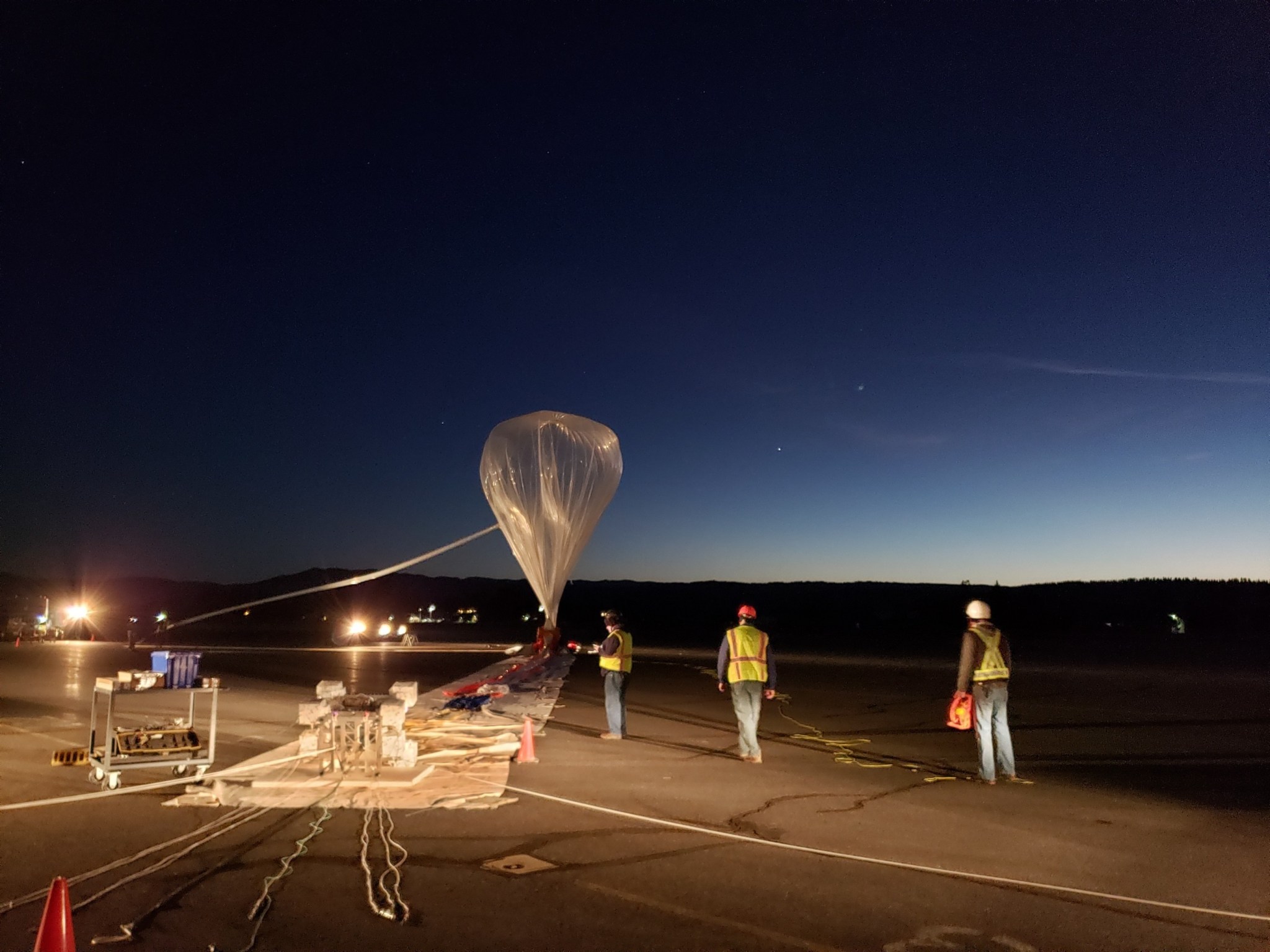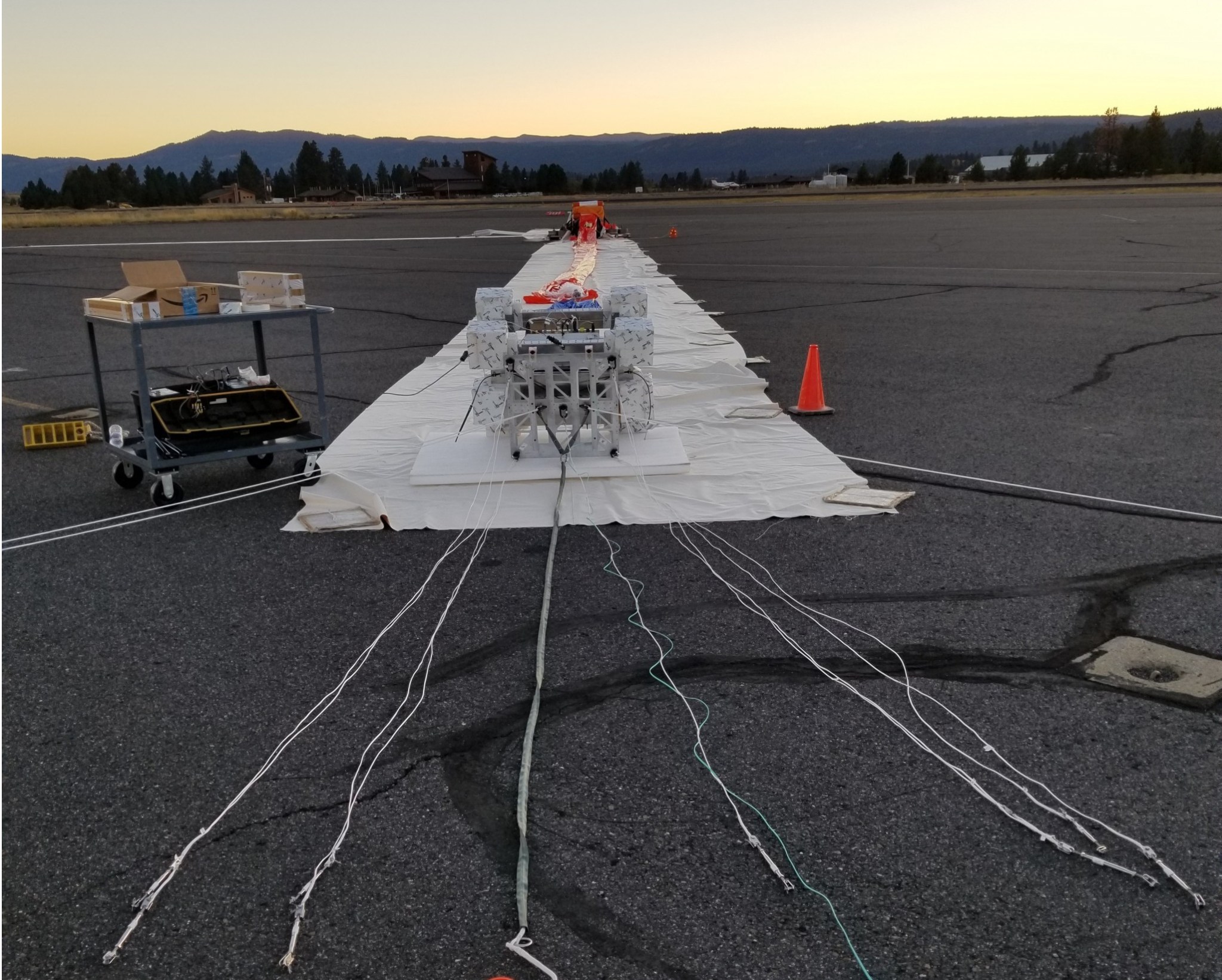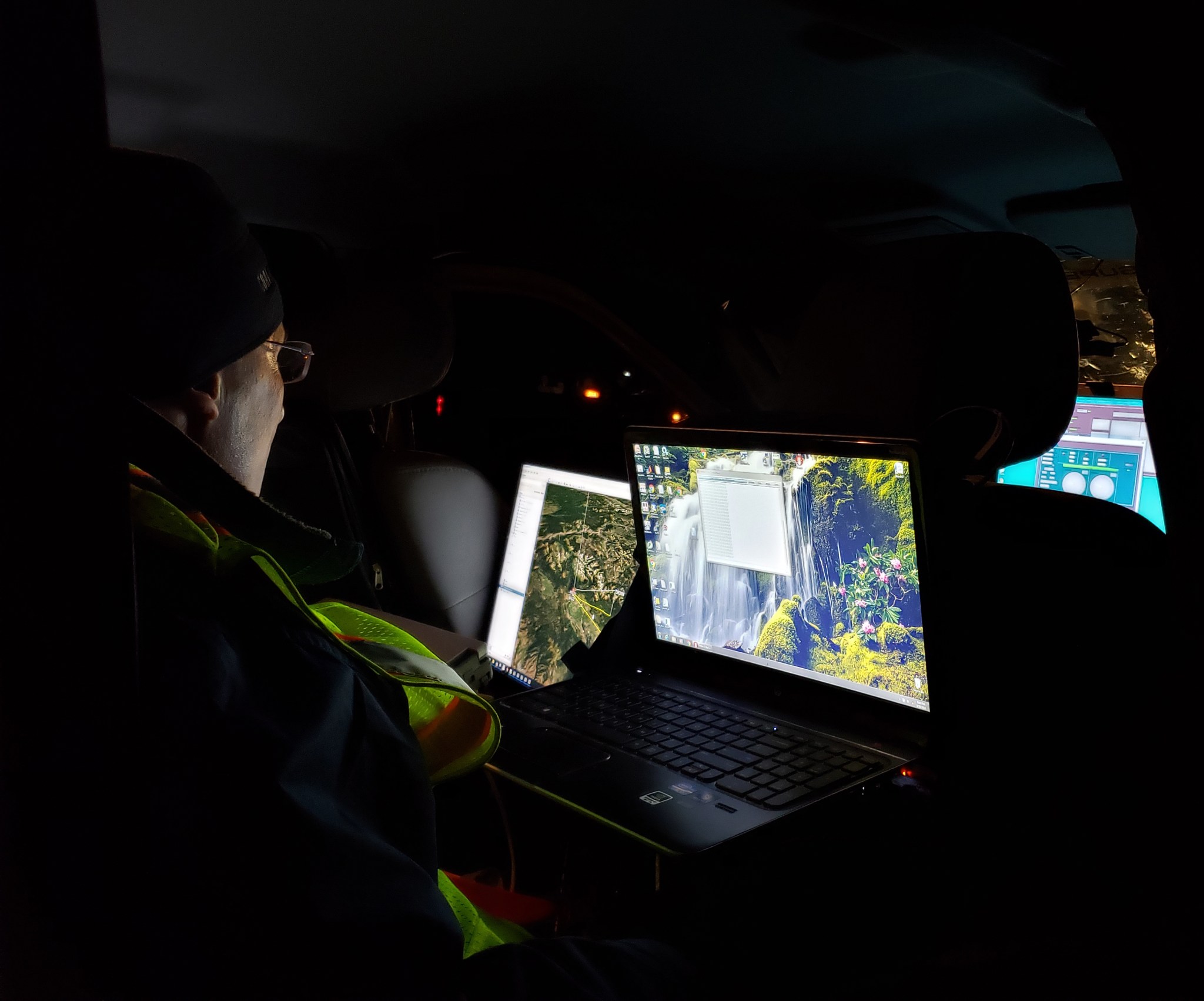
Arizona’s World View Enterprises launched its Stratollite high-altitude balloon system on Sept. 26 from a remote launchpad in McCall, Idaho. Onboard was the High-Altitude Electromagnetic Sounding of Earth and Planetary Interiors experiment from the Southwest Research Institute (SwRI) in San Antonio, Texas.
Made possible by support from NASA’s Flight Opportunities program, the balloon flight demonstrated the experiment’s ability to address questions about the evolution of Earth and other planets by measuring how electromagnetic waves penetrate the surface – and what information that might reveal.
“Measuring electromagnetic waves should help us determine the temperature inside Venus [and other planets], and then we can understand how that might have affected their geological history,” said Principal Investigator Robert Grimm from SwRI. “The idea is to apply data to comparative planetary science of the solar system…so we can better understand things like why Earth evolved to be habitable whereas Venus, which is very close in size and similar in other ways, did not.”

Grimm hopes to eventually fly the technology on a mission to Venus, and in the meantime balloon flights have been critical to SwRI’s research. The recent demonstration was the second one Grimm’s team completed with World View.
The first flight, completed in October 2017, also took place at McCall. World View mobilized a remote launch site to a vast complex of young igneous rock and mountain ranges, enabling researchers to approximate some of the conditions found on the surface of Venus.
Having refined their experiment with the data from the 2017 flight, researchers proposed to fly in the same region – but at night.
“We knew we would need to fly again at different times of day because the ionosphere is in a different state throughout the day and night,” said Grimm.

Grimm explained that Earth’s ionosphere – an area of the atmosphere that contains a high concentration of ions and free electrons – is important because it is affected by magnetic fields of Earth and the Sun. So, researchers need to take the different conditions into account.
To meet this need, World View worked closely with SwRI and Flight Opportunities personnel to coordinate a nighttime window with calm winds and the right ionospheric conditions.
“It’s extremely beneficial for researchers to access a relevant flight environment like this, and even better when investigators have more than one flight so that they can gather even more data,” noted Flight Opportunities Campaign Manager Paul De Léon. “World View’s ability to accommodate remote locations for the best launch and data-gathering conditions for NASA-supported payloads is a huge advantage for the maturation of these technologies.”
With a second successful flight completed, SwRI is analyzing the data they collected and comparing it with data from the first flight. Grimm plans to present their findings next month at NASA’s Venus Exploration Analysis Group meeting.
About Flight Opportunities
The Flight Opportunities program is funded by NASA’s Space Technology Mission Directorate at the agency’s Headquarters in Washington and managed at NASA’s Armstrong Flight Research Center in Edwards, California. NASA’s Ames Research Center in California’s Silicon Valley manages the solicitation and selection of technologies to be tested and demonstrated on commercial flight vehicles.
Leslie Williams
News Chief
NASA Armstrong Flight Research Center





























